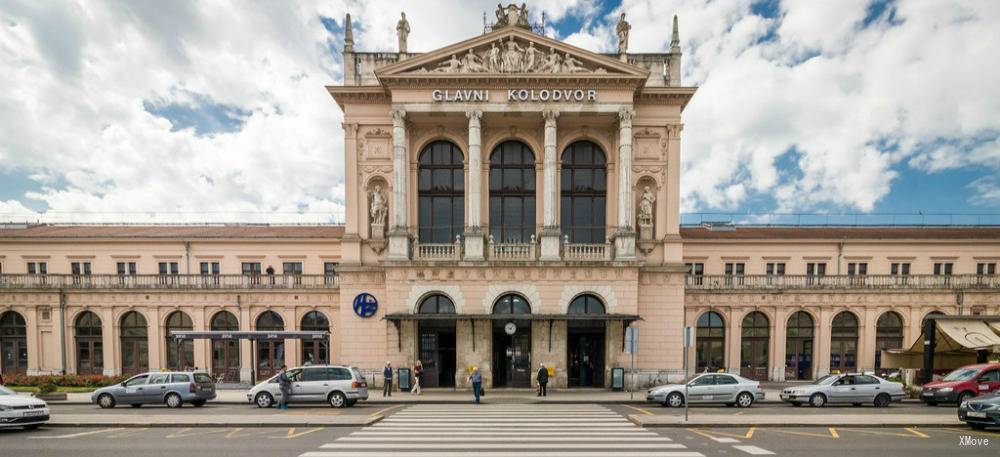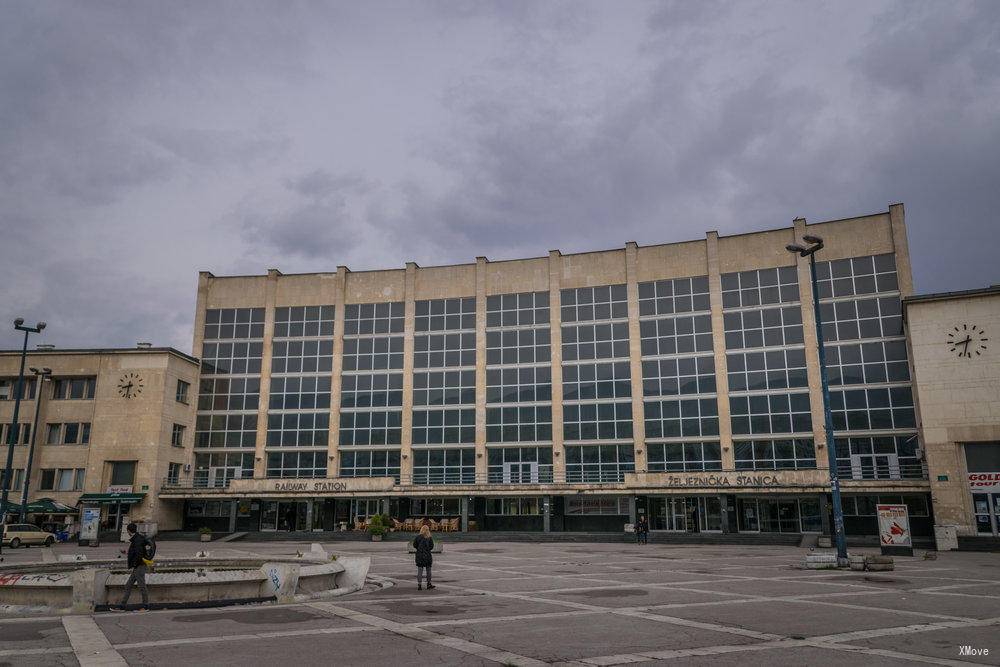Zagreb Glavni Kolodvor
Introduction
If you are going to use Zagreb’s main train station, there are six things to know:
(1) The electronic departure screen is confusing because the track/station information will consist of two sets of numbers. The number on the left is the station number and the number on the right is the rail number. These numbers are different at the Croatian station.
When you try to find your train from the main building, first find out the train station based on the station number, then you can use the track number to find your train, don't worry, the station is not very big, it is easy to find.
Only stations 2 and 3 have separate tracks, and the track information is similar to stations in other countries, distinguished by 'a' or 'b'.
(ii) The printed station number on the paper-printed ticket may be different from the station number on the electronic departure board. If this is the case, the number on the electronic board is more correct.
(iii) You may see some old departure posters around the station showing the departure time and platform information for international trains. If they look old, ignore them because they are out of date.
(iv) When you arrive at the platform from the departure hall, you will step into the platform number 1 from the departure hall. Turn right and follow station 1 to enter platform 4 and platform 5. Turn left and walk along Track 1 to enter Station 6. Therefore, stations 1, 4, 5 and 6 can be accessed free of charge from the street. You need to go down the stairs and use the subway to get into stations 2 and 3, which have no escalators or elevator access.
(v) The facilities at the station are relatively limited. In addition to the value-added snack bars in the main lobby, there are no luggage storage services and information stations, and only a few food and beverage outlets, so that they are very popular.
(vi) For all of the above reasons, please set aside more trains than you think you need.
Going to the city center
If you don't have a heavy suitcase, etc., you can easily walk 12-15 minutes to the main city square in the centre of Zagreb. Just leave the station, then go straight and walk along the right hand side of the garden.
Zagreb Glavni Kolodvor - Station Guide | Departures and Arrivals | Popular Routes








